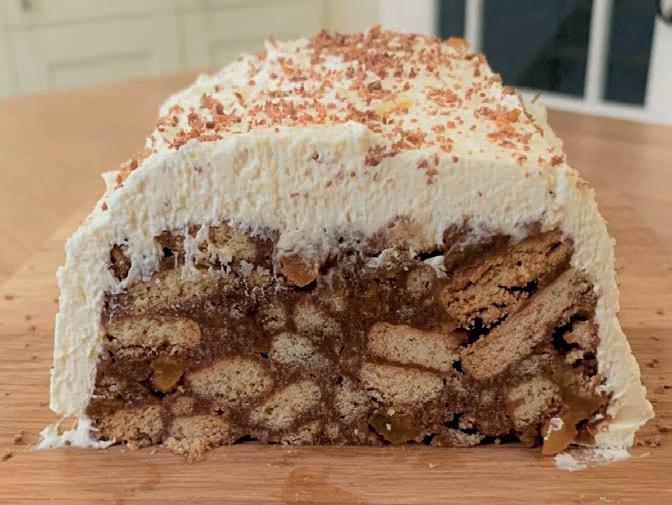Feeding
cats and dogs There is a huge variety of pet food on the market and it can be bewildering to decide which is best for your pet.
Safety reassurance Always choose a food labelled “complete pet food” for dogs/cats as this is a legal statement to prove that the food will provide all of your dog/cat’s nutritional requirements. A scientifically produced feeding guide must be present on the packaging. Ensure that the food you are feeding your pet is registered with the Pet Food Manufacturers Association (PFMA).
Wet foods Wet foods are presented in tins, pouches or foil trays. They can often be more palatable to cats and dogs than dry food. They contain a lot of moisture which means they are helpful for pets that have a high water requirement (such as pets with kidney or bladder conditions). Uneaten food should be disposed off within a few hours, especially in hot weather. Large dogs may struggle to obtain enough calories when fed on wet food alone (the high moisture content means that it is not very calorie-dense).
Dry foods Dry foods do not spoil if the pet does not eat all of their meal at once. Dry foods are more caloriedense than wet foods, so are helpful for pets that are growing quickly or need to gain weight. Some dry foods can help to reduce plaque formation in the mouth.
Raw foods If you wish to feed your pet a raw diet, ensure that it is a “complete” raw diet registered with the PFMA as this eliminates the risk of nutritional imbalances and reduces the risk of infection transmission. Ensure that food is removed promptly if not eaten. Handle feeding bowls and utensils just as you would any other kitchen implement that had been in contact with raw meat. There are potential human health risks when pets are fed raw food and then lick the hands and faces of the people in the household. Do not feed a mixture of raw and cooked foods as this combination is difficult for the pet to digest.
57
























